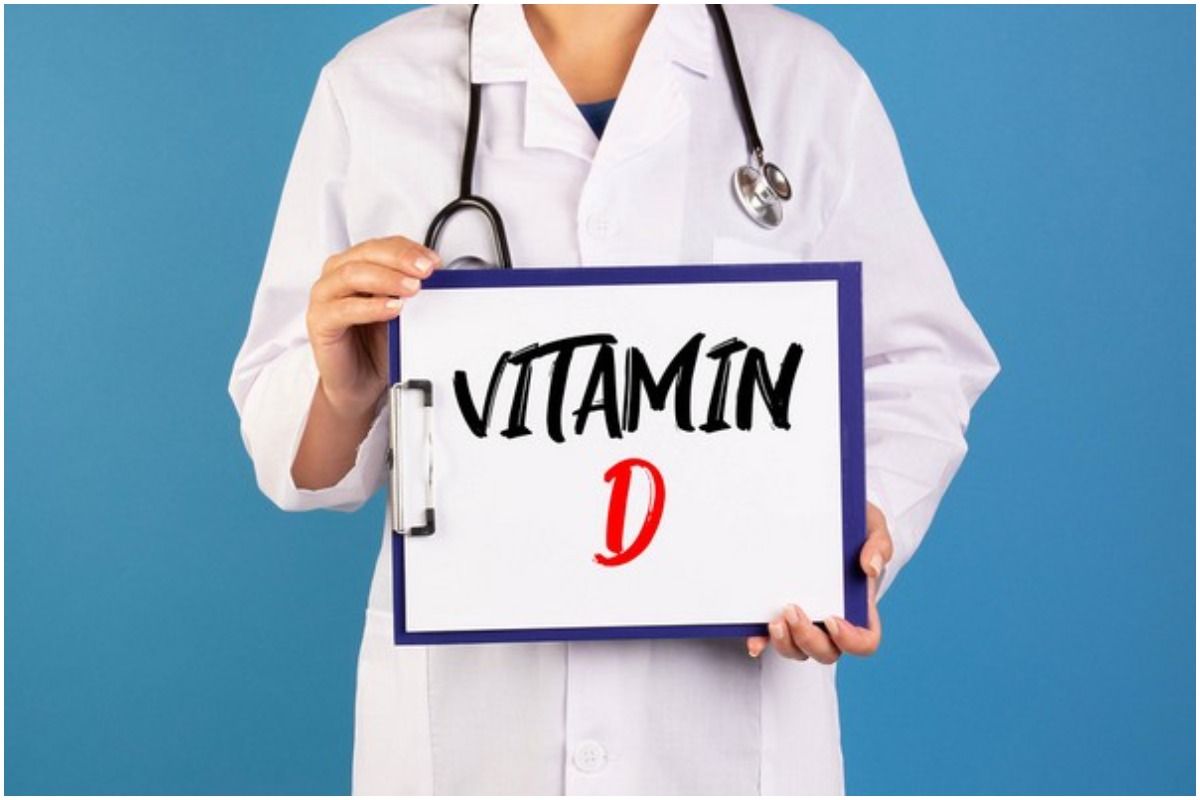
According to a study done by the University of South Australia and published in the European Heart Journal, lack of vitamin D can be easily received from sunshine. Lack of vitamin D can affect your bones and also cardio health.Also Read – Vitamin D Can Protect You From Severe COVID-19 Infection, Death: Study
In the first study of its kind, researchers from the UniSA’s Australian Centre for Precision Health at SAHMRI have identified genetic evidence for a role of vitamin D deficiency in causing cardiovascular disease. Also Read – Amid COVID-19 Lockdown Across Several States, Here’s How to Get The ‘Sunshine’ Vitamin Back in Our Lives
The study showed that people with vitamin D deficiency are more likely to suffer from heart disease and higher blood pressure than those with normal levels of vitamin D. For participants with the lowest concentrations the risk of heart disease was more than double that seen for those with sufficient concentrations. Also Read – Vitamin D, Multivitamins, Probiotics And Omega-3 Reduce COVID Risk in Women, Not Men? Find Out What Study Says
Globally, cardiovascular diseases (CVDs) are the leading cause of death worldwide, taking an estimated 17.9 million lives per year. In Australia, CVD accounts for one in four deaths and costs the Australian economy five billion dollars each year, more than any other disease.
- Low concentrations of vitamin D are common in many parts of the world, with data from the UK Biobank showing that 55 per cent of participants had low levels of vitamin D (<50 nmol/L) and 13 per cent have a severe deficiency (<25 nmol/L).
- Low levels of vitamin D were recorded by an estimated 23 per cent of people in Australia, 24 per cent of people in the US, and 37 per cent of people in Canada.
Chief investigator, UniSA’s Prof Elina Hypponen said that appreciating the role of vitamin D deficiency for heart health could help reduce the global burden of cardiovascular disease.
“Severe deficiency is relatively rare, but in settings where this does occur it is very important to be proactive and avoid negative effects on the heart. For example, deficiency can be a problem for people living in residential care who may have limited exposure to the sun,” Prof Hypponen said.
“We can also get vitamin D from food, including oily fish, eggs and fortified foods and drinks. This said, food is, unfortunately, a relatively poor source of vitamin D, and even an otherwise healthy diet does not typically contain enough. If we don’t get any vitamin D through the sun, this is one of the rare nutrients for which we sometimes need to take a daily supplement to keep up with the requirements,” she added.
“Understanding the connection between low levels of vitamin D and CVD is especially important, given the global prevalence of this deadly condition. Our results are exciting as they suggest that if we can raise levels of vitamin D within norms, we should also affect rates of CVD. In our study population, by increasing vitamin D-deficient individuals to levels of at least 50 nmol/L, we estimate that 4.4 per cent of all CVD cases could have been prevented,” she said.
Conclusion
This large-scale Mendelian study used a new genetic approach that allowed the team to assess how increasing levels can affect CVD risk based on how high the participants’ actual vitamin D levels were. The study used information from up to 267,980 individuals which allowed the team to provide robust statistical evidence for the link between vitamin D deficiency and CVD.
“It is not ethical to recruit people with vitamin D deficiency to a randomised controlled trial and to leave them without treatment for long periods,” Prof Hypponen said.
“It is exactly this type of difficulty setting which demonstrates the power of our genetic approach, given we can show how improving concentrations affects the risk in those most in need, without exposing participants to any harm,” she explained.
“Those with the lowest concentrations are likely to have the strongest effects, yet a population-wide approach to eradicate vitamin D deficiency could reduce the global burden of CVDs,” she concluded.
(With inputs from ANI)
Stay connected with us on social media platform for instant update click here to join our Twitter, & Facebook
We are now on Telegram. Click here to join our channel (@TechiUpdate) and stay updated with the latest Technology headlines.
For all the latest Lifestyle News Click Here
